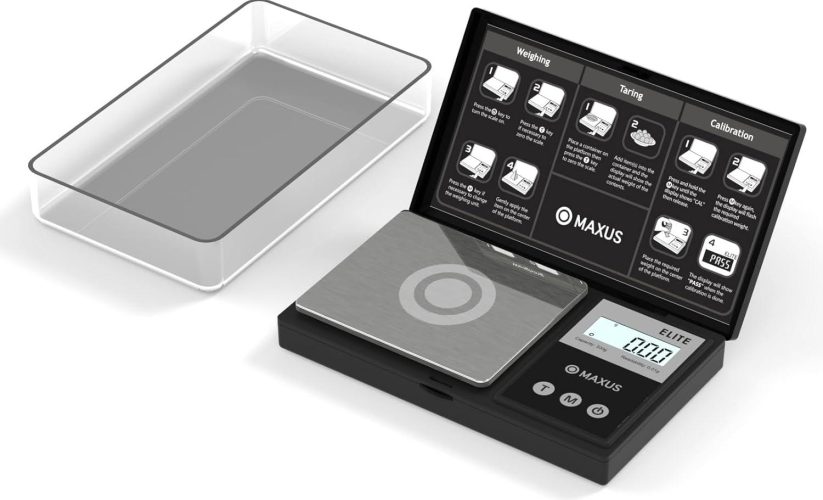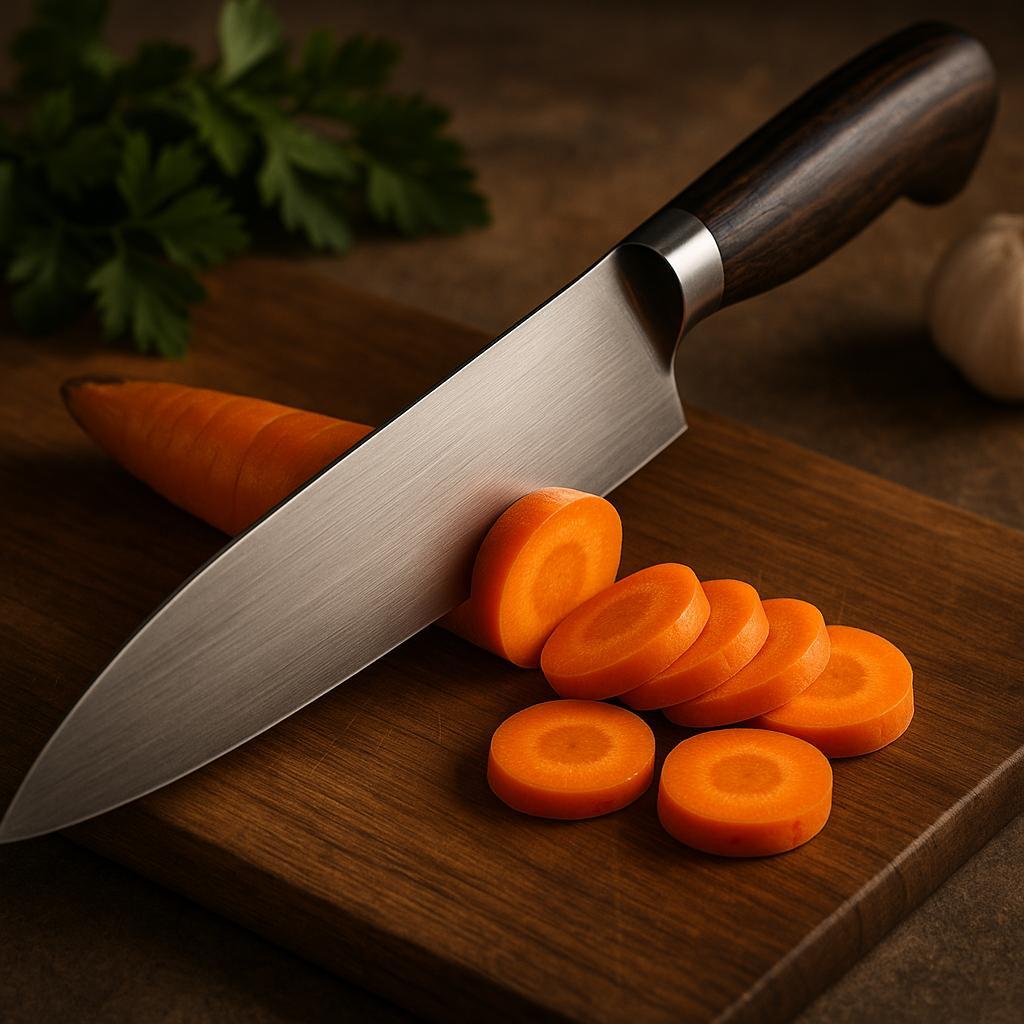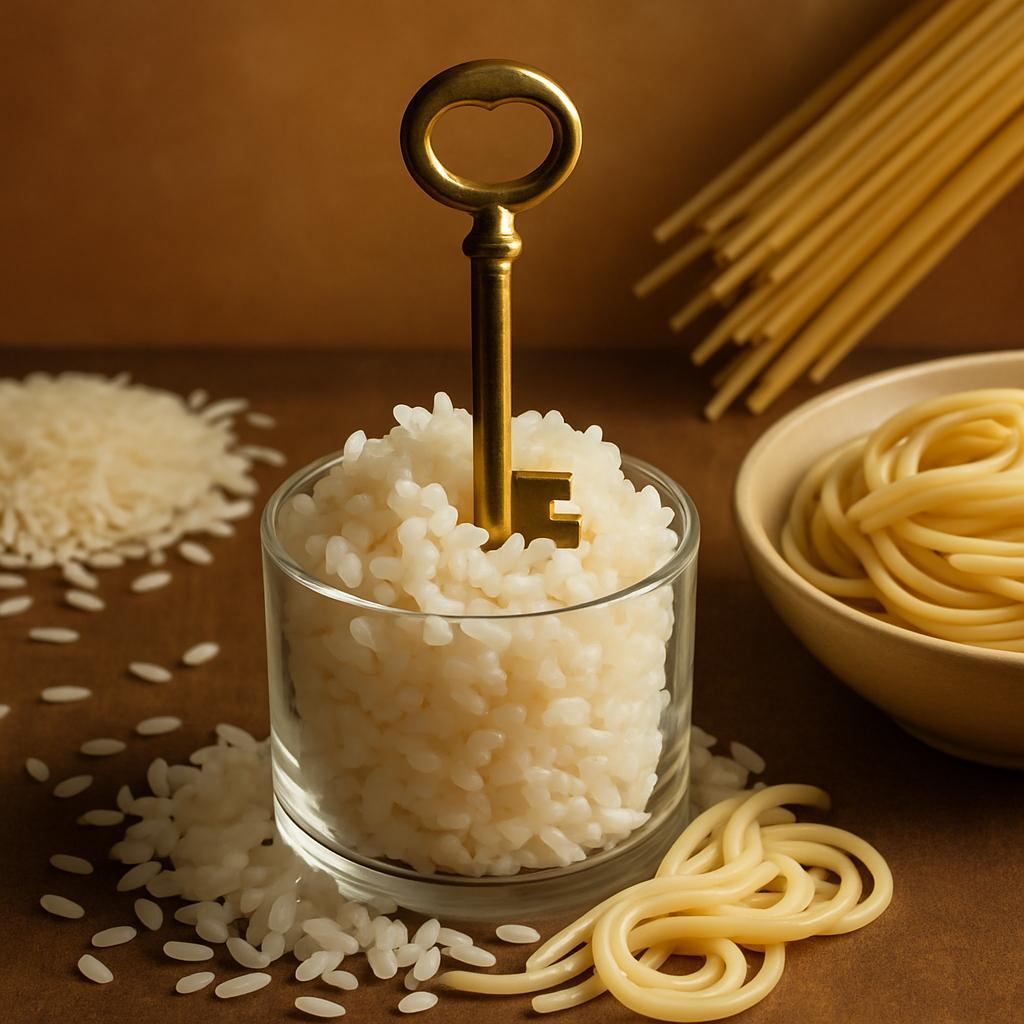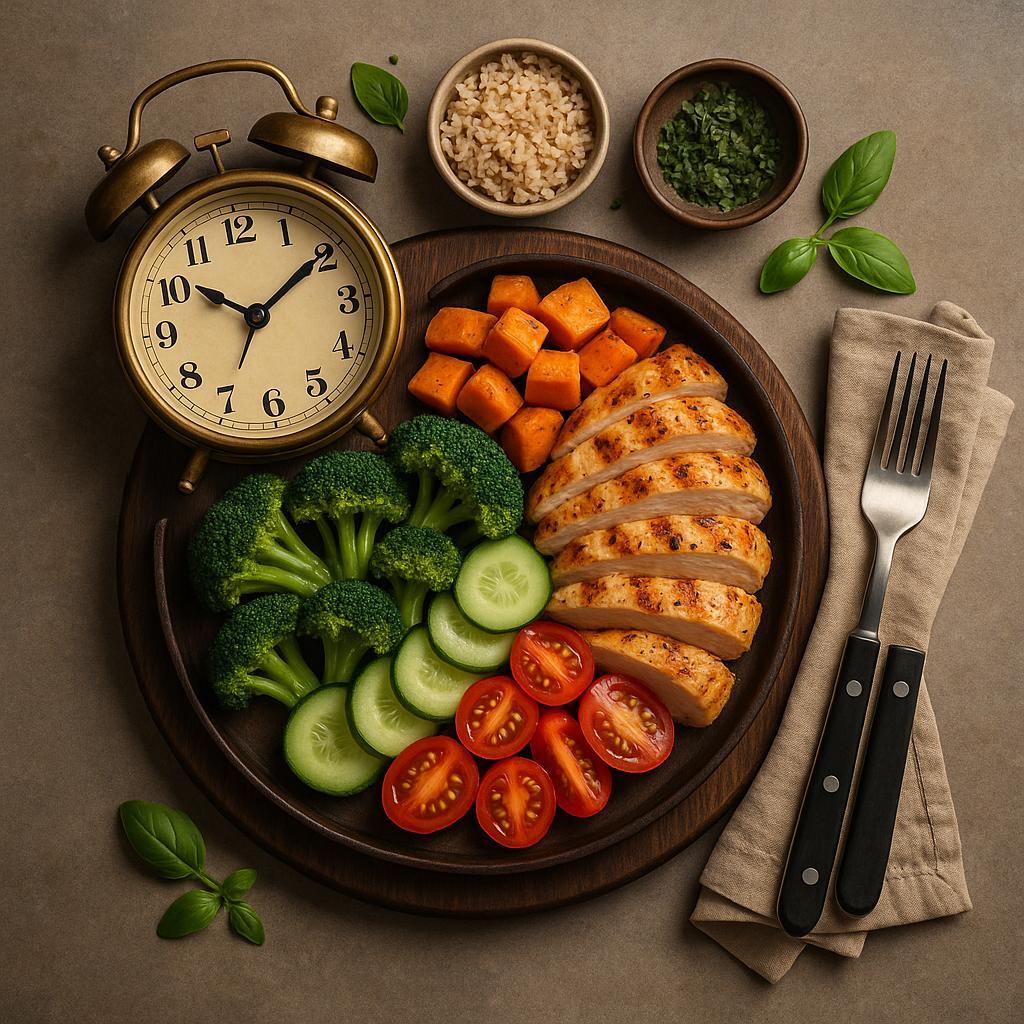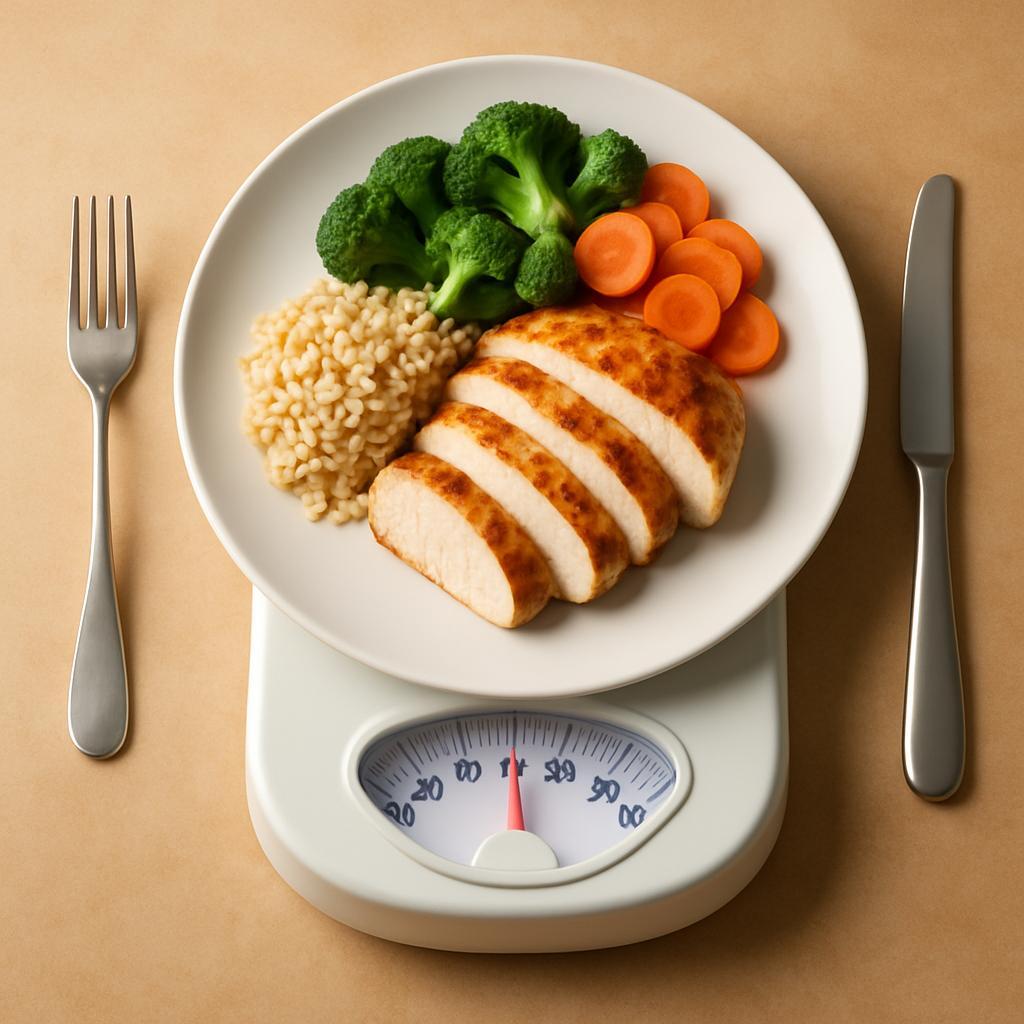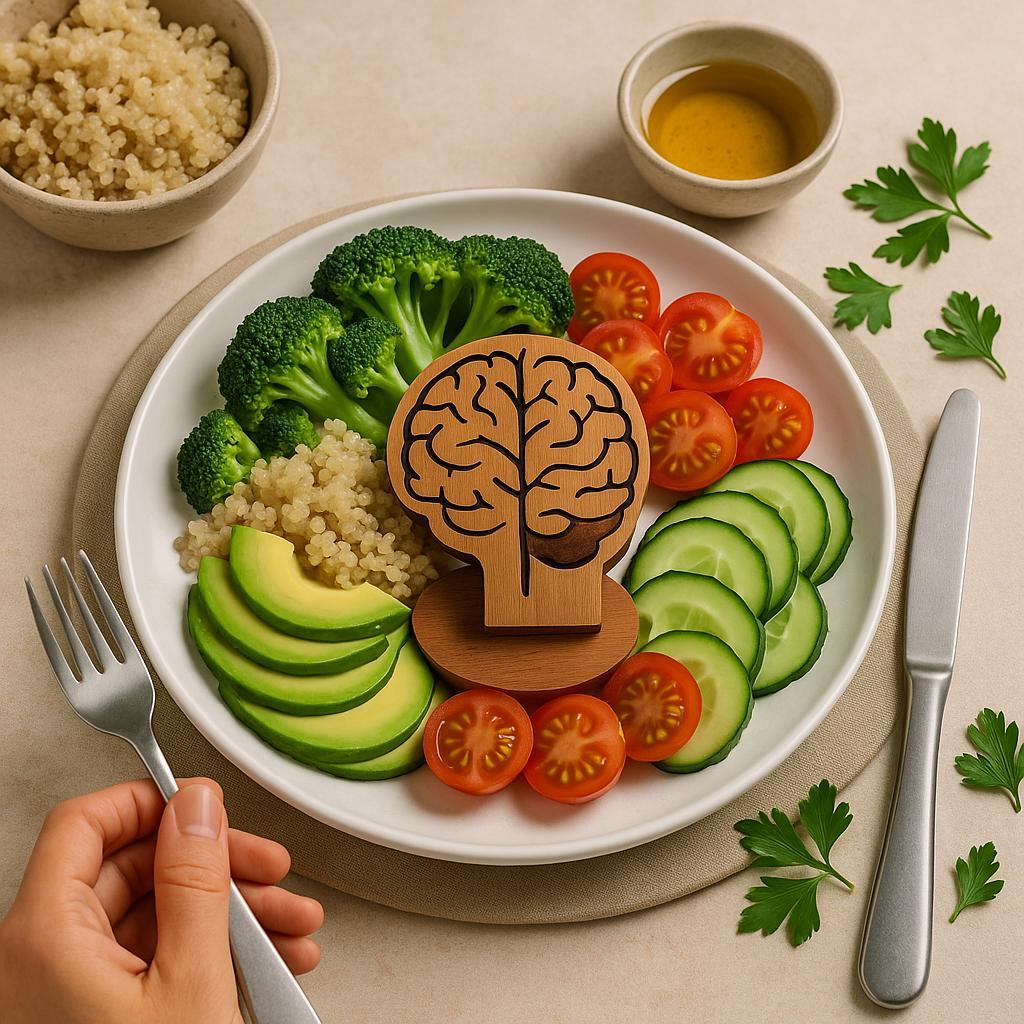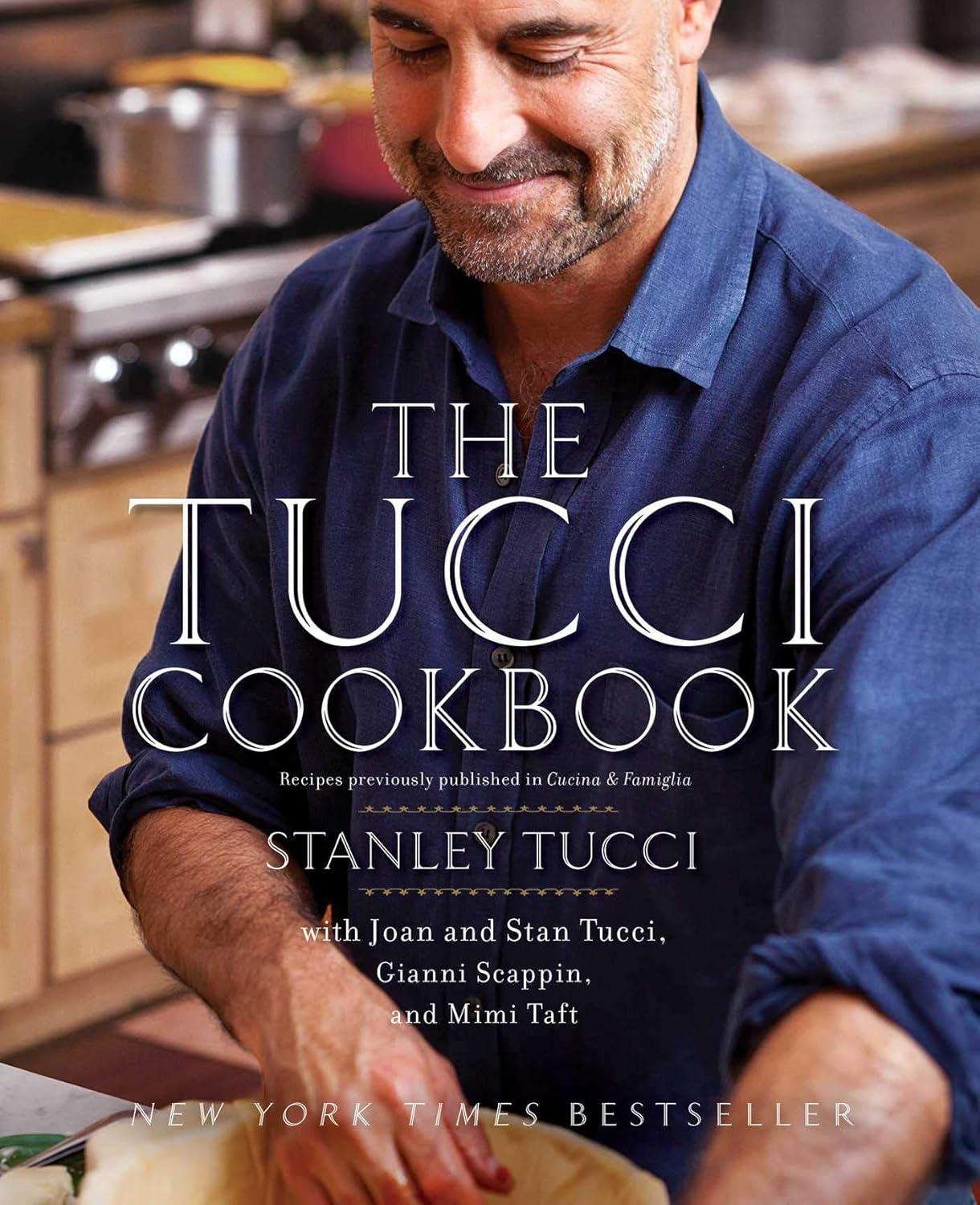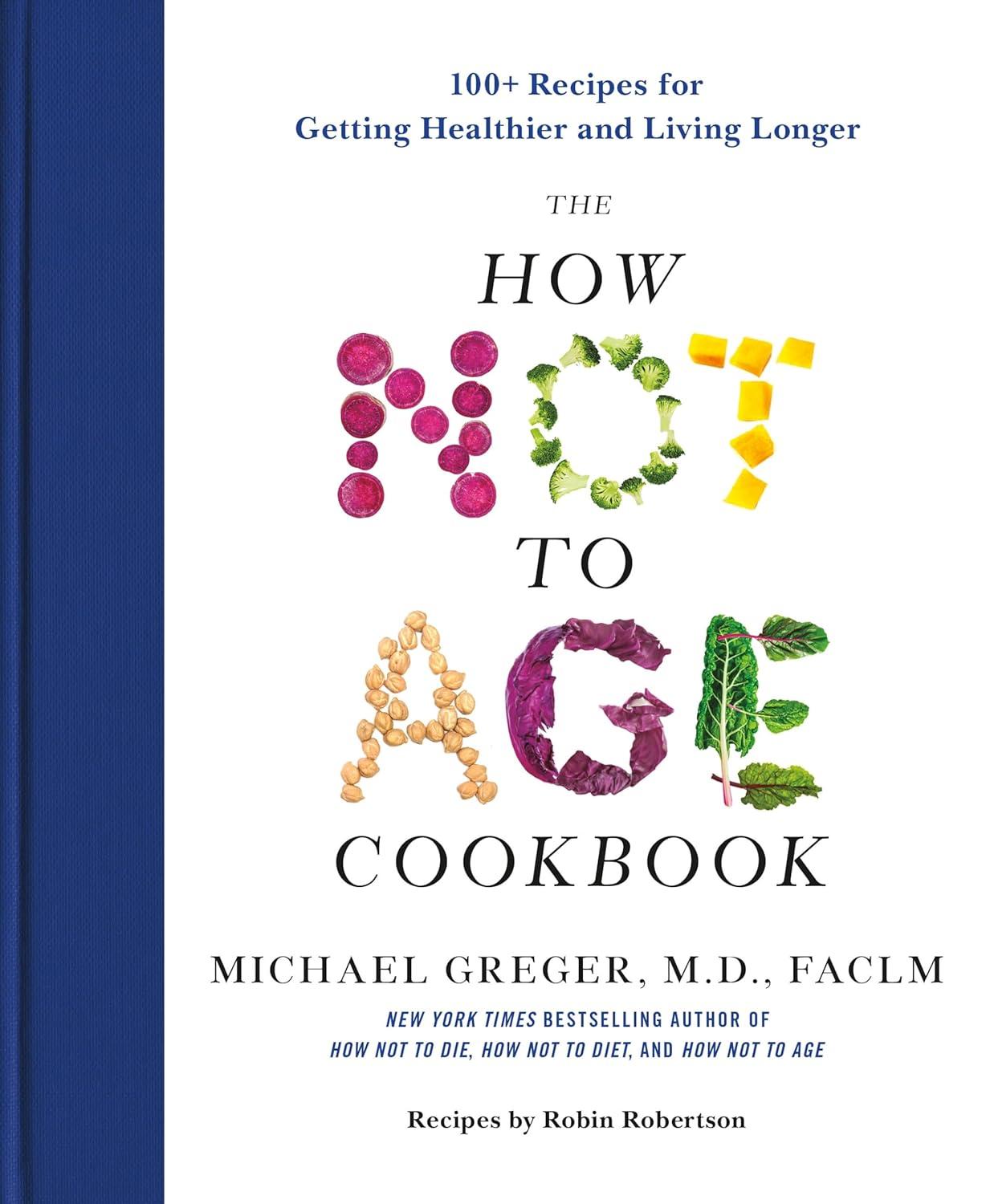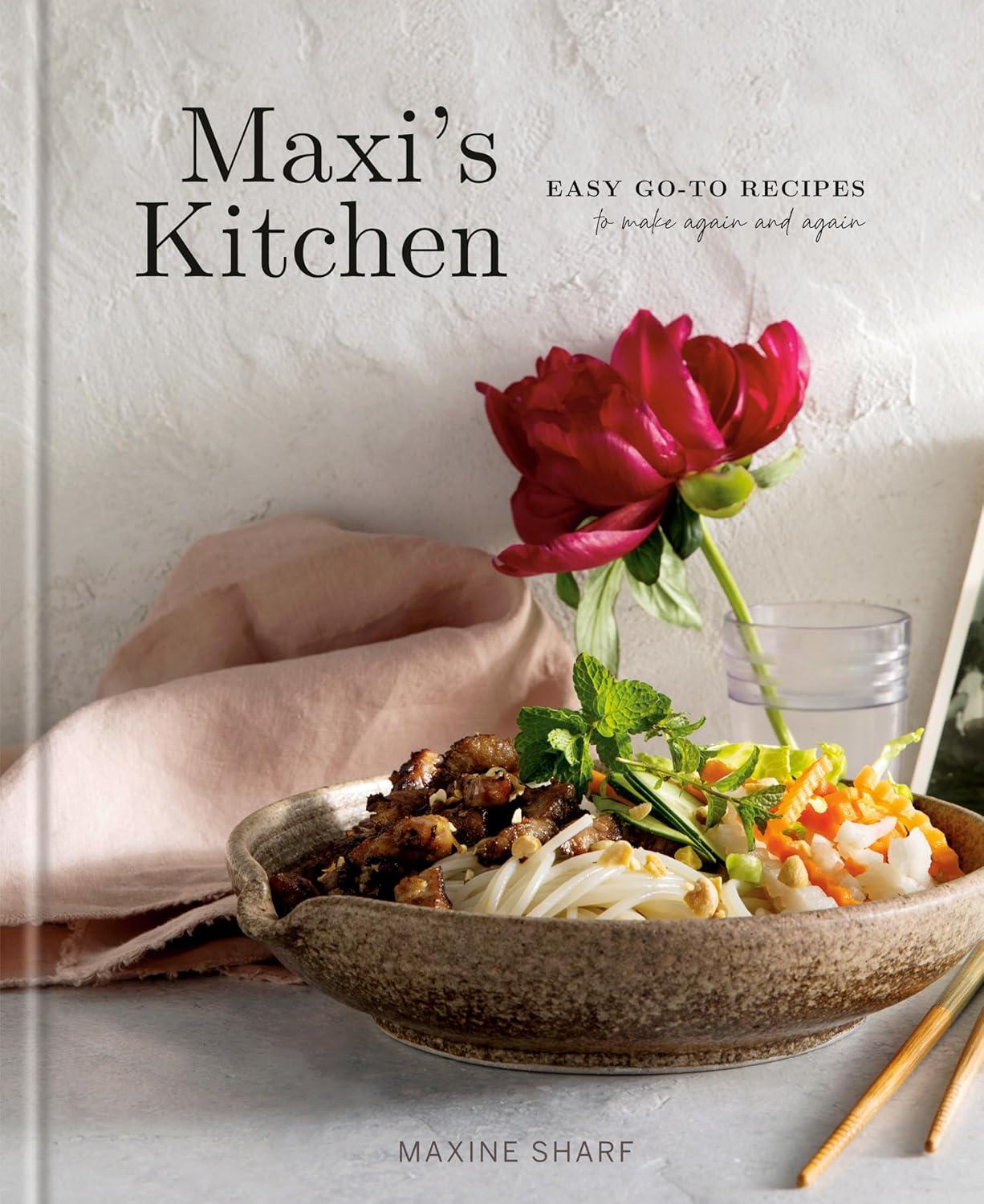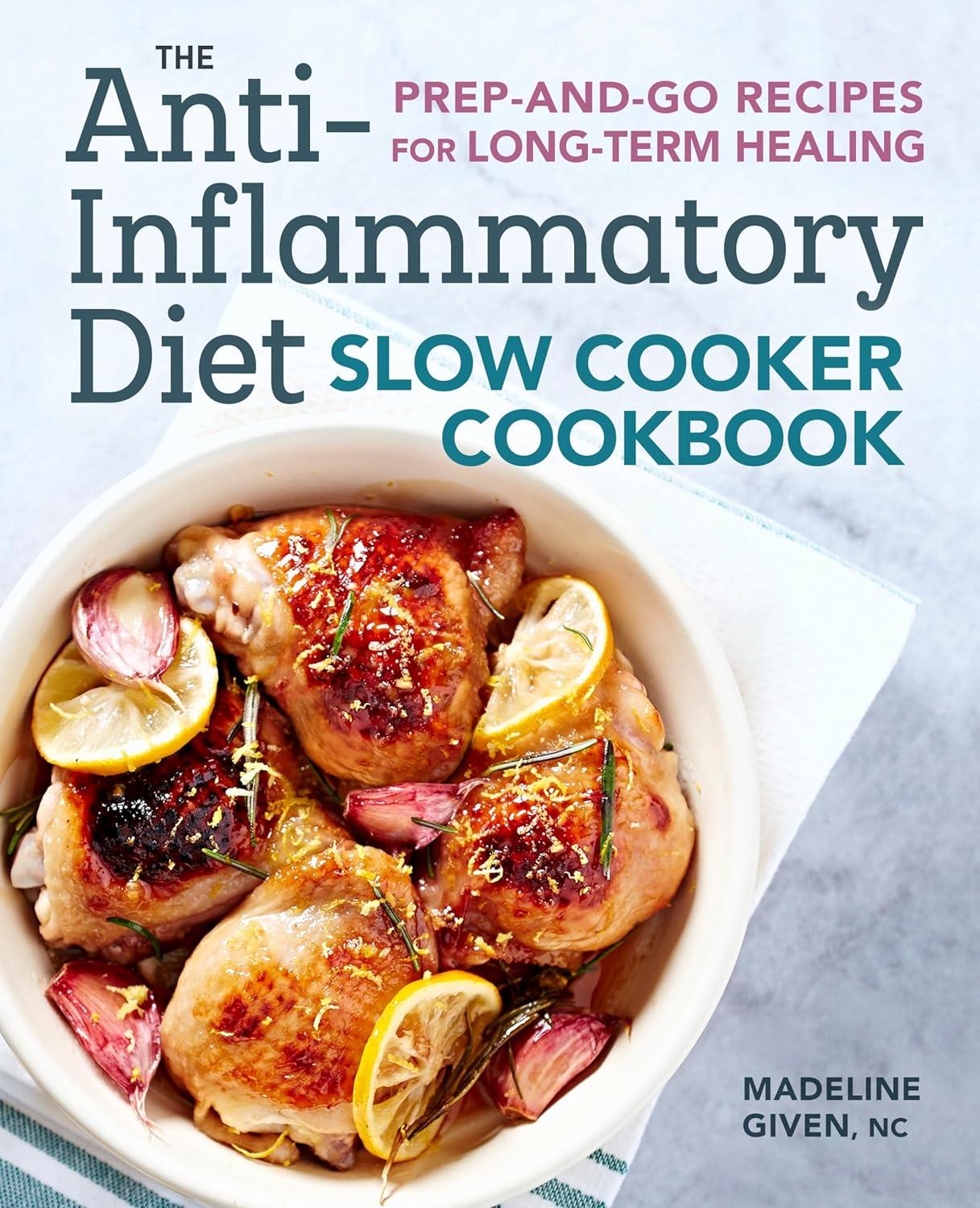The Tucci Cookbook: Streamlined Italian for Busy Cooks
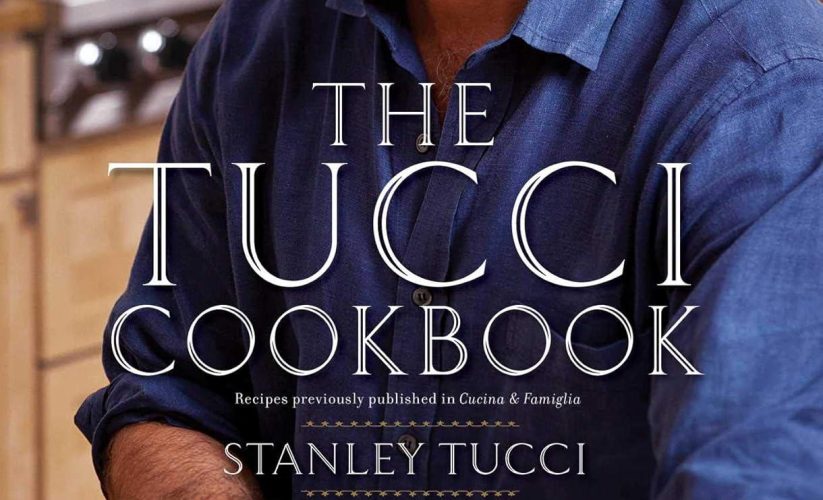
If you’ve been looking for Italian home cooking that feels approachable without sliding into celebrity gimmickry, The Tucci Cookbook positions itself as that bridge. Authored by actor and longtime food obsessive Stanley Tucci, it gathers the flavors of an Italian-American upbringing alongside regional Italian staples, presenting them through the lens of an experienced, if not restaurant-trained, cook. The promise is straightforward: recipes that read like family wisdom, supported by context that helps a weeknight pasta or a Sunday ragù make sense in your kitchen.
This review looks at how effectively the book turns that promise into practice-how the storytelling serves (or distracts from) instruction, whether the techniques land for everyday cooks, and how the recipes map onto a modern pantry. We’ll consider the book’s voice, organization, and reliability, as well as where it sits among the better-known Italian cookbooks that compete for space on the same shelf.
Table of Contents
Recipe variety and cultural context
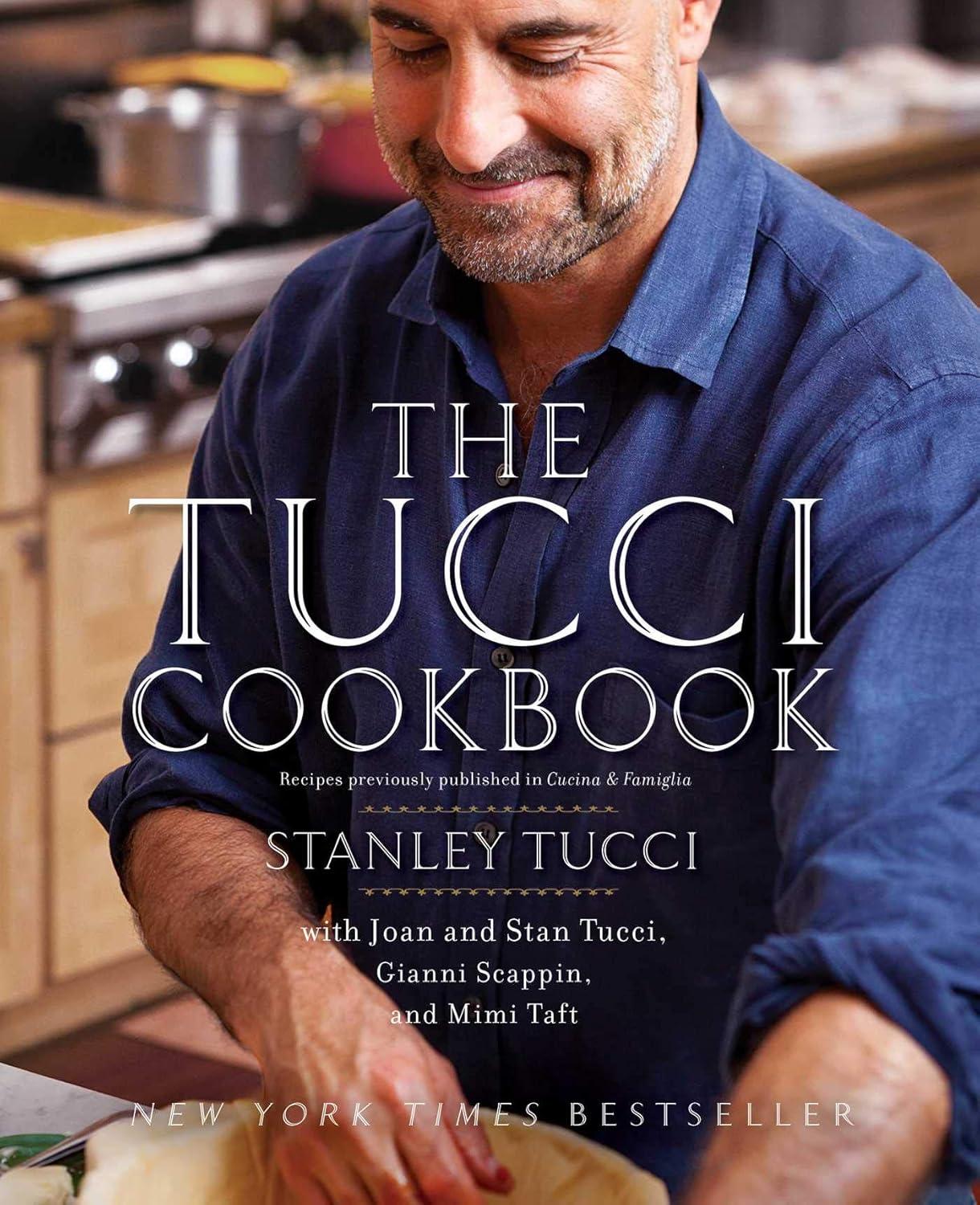
From antipasti to dolci, this collection covers the full Italian table with a breadth that feels curated rather than bloated. You get quick, weeknight-friendly plates (think pasta e ceci or a bright pomodoro that builds flavor from a proper soffritto) alongside weekend projects like the showpiece timpano from Big Night. The lineup balances seafood, meat, and vegetable-forward cooking, and it’s organized by course so you can build menus or drop into exactly what you need. What elevates the variety is usability: pantry sauces, brodo, and doughs serve as building blocks for multiple dishes, while clear yields and prep notes help you judge whether you’re in for 30 minutes or a slow braise. It’s a genuine mix of regional Italian and Italian‑American staples, so you can move from spaghetti alle vongole to baked ziti without whiplash.
The cultural storytelling is as functional as it is charming. Headnotes pinpoint regional roots (Calabria, Tuscany, Rome, and beyond), explain family provenance, and flag how dishes evolved in the Italian diaspora-why Sunday meatballs differ from a northern ragù, or when to choose pecorino over Parmigiano. These notes influence technique: salting eggplant to tame bitterness, finishing pasta in the pan with sauce, or letting a braise rest so flavors settle. The result is confidence-building context that helps you cook foods as they’re eaten in situ, not just as a list of steps. If you value recipes that teach you when, why, and how-not only what-you’ll appreciate the way stories, regional cues, and practical tips work together to shape decisions at the stove and at the table.
Design photography and layout

Warm, unfussy images lean into natural light and rustic plating, capturing food the way it actually lands on the table. Most shots are full-bleed or half-page and printed on a semi‑matte stock that resists glare, so colors stay true under bright kitchen lights. The visual narrative balances finished dishes with a few family and travel moments, which adds personality without feeling staged; just note that not every recipe has a corresponding photo. There are minimal in‑process images-photography here favors mood and the plated endpoint-so seasoned cooks will feel inspired, while absolute beginners may wish for more step shots when tackling sauces or doughs.
The page design is practical and unfussy: clear hierarchy from bold titles to succinct headnotes, with ingredient lists cleanly separated from method and ample white space to keep the eye from wandering when your hands are floured. Instructions are broken into short, readable paragraphs, and the type size is generous enough to scan from a stand without crouching. Thick, smooth pages feel durable and wipe down easily, though the substantial hardcover can be a bit hefty on a cramped counter; near the front and back it benefits from a clip or stand to stay fully open. Chapter openers and photo breaks give the layout breathing room, making it easy to jump between sections without losing your place during a busy cook.
Clarity testing and ease in the kitchen
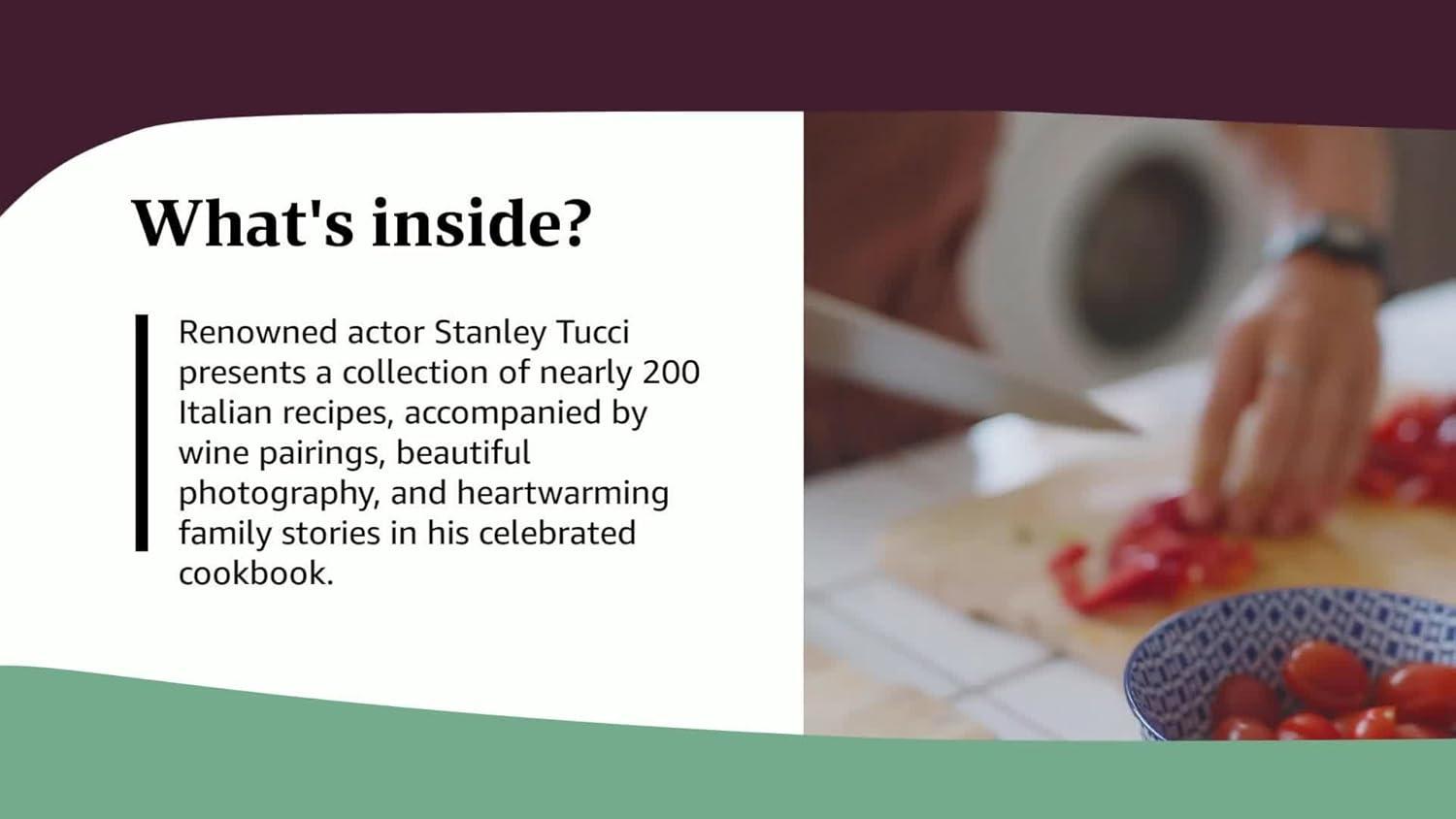
Instructions are written in plain, conversational English that reads like a seasoned cook guiding you at the stove. Recipes give both sensory and pacing cues-stir “until fragrant,” simmer “gently,” finish pasta “al dente”-so you’re not cooking blind. Ingredient lists are tight and purposeful, and equipment notes (skillet vs. Dutch oven, heavy-bottomed pot) keep you from choosing the wrong pan. The testing shows in the consistency: sauces thicken when they should, cutlets crisp without overcooking, and pasta dishes come together with balanced seasoning if you follow the cues. Measurements lean on U.S. volume measures (cups, tablespoons) rather than weights, so metric-first cooks may want a converter, but the clearly written steps deliver reliable results across skill levels.
In day-to-day use, the book is easy to cook from because it favors pantry-friendly building blocks-quality olive oil, canned tomatoes, dried pasta, anchovies, and fresh herbs-over specialty items. Many dishes suit weeknights: quick sautés, simple pan sauces, and braises that are mostly hands-off once they’re underway. There are also project recipes that reward patience (think layered bakes or slow ragùs); they’re well explained, but plan ahead for time and larger cookware. Newer cooks will appreciate the straightforward sequencing, though occasional “season to taste” moments mean you’ll rely on your palate. The only notable friction is that a few longer methods bunch multiple actions into one paragraph-reading through once for mise en place prevents hiccups and keeps the workflow smooth.
Value for money and how it compares
For the price, you get a photo-rich hardcover anchored in straightforward, family-style Italian cooking that translates cleanly to a home kitchen. After cooking through staples like pasta e fagioli, chicken Milanese, and the famed Big Night timpano, I found the instructions reliable and forgiving: seasoning cues are clear, simmer times are realistic, and most ingredient lists lean on pantry items (good canned tomatoes, dried pasta, olive oil) with few specialty detours. Production quality also helps the value equation-legible layouts, sensible subheadings, and headnotes that actually tell you what matters (why you toast the garlic, which pasta shapes to swap). Expect a mix of weeknight-fast recipes and a handful of weekend projects; the latter justify the book’s keep by being party-centerpiece level without expensive equipment. If you’re cost-conscious, note that proteins are balanced with legumes, grains, and vegetable-forward sides, so you can cook broadly from it without overspending.
In the crowded Italian shelf, its closest neighbors set the context for value. Compared with Marcella Hazan’s Essentials of Classic Italian Cooking, this reads more conversational and offers more visual handholding, while Hazan remains the gold standard for fundamentals and technique depth. Against Lidia Bastianich’s Mastering the Art of Italian Cuisine, it’s less encyclopedic but more immediately cookable for a Tuesday night. If you live for test-lab precision, America’s Test Kitchen’s Italian volumes spell out every variable; Tucci’s voice is less granular, and you’ll occasionally rely on taste rather than exact temperatures-but the rewards are soulful, crowd-pleasing flavors. Net result: as a mid-priced, giftable hardcover that you’ll actually splatter, it’s excellent value for home cooks and entertainers; purists or technique chasers can pair it with Hazan or ATK and still come out ahead.
Customer Reviews Analysis
Customer Reviews Analysis – The Tucci Cookbook: Streamlined Italian for Busy Cooks
Across reviews, readers celebrate Stanley Tucci’s cookbook for pairing authentic Italian flavors with approachable methods and generous storytelling. Many report consistently successful results using everyday ingredients, and they value the book’s warm, memoir-like context and practical wine guidance. Praise also lands on the book’s physical build and gift-worthiness. The main caveats: not every dish is photographed, step-by-step teaching is limited beyond the showpiece “Timpano,” and a few mains demand more time than a typical weeknight.
- What reviewers praise
- Reliable results with accessible ingredients: multiple cooks call out “amazing,” “easy,” and “authentic” outcomes from soups, antipasti, pasta sauces, and more.
- Clear, concise recipes: straightforward instructions help both casual and confident home cooks; plating photos on select dishes aid presentation.
- Everyday-friendly, with range: quick, comforting soups and simple pastas balance richer weekend projects; chapters span appetizers, eggs, bread and pizza, pasta, rice/risotto, vegetables, poultry, fish, and desserts.
- Story-driven cooking: short intros and family history give context and cultural significance, making the book engaging to read, not merely to cook from.
- Wine pairings and smart extras: per‑recipe pairing notes (plus a mini-chapter on wine) streamline planning; some recipes include substitutions and variations.
- Design and durability: “beautifully written and photographed,” with thick, glossy pages that wipe clean; photos of Tucci cooking add personality.
- Value and gifting: attractive price point; often purchased as gifts; collectors consider it a standout in their libraries.
- Where reviewers see room for improvement
- Photo coverage: not all dishes are pictured; some readers wish for more imagery.
- Teaching depth: aside from the detailed “Timpano” (“The Drum”) walkthrough, it’s not a step‑by‑step teaching manual and assumes basic kitchen skills.
- Time investment on select mains: while many recipes are streamlined, a few showstoppers (e.g., Timpano) are all‑day affairs best saved for special occasions.
Notable callouts from buyers
- “The Drum” (Timpano) from the film Big Night gets rave reviews for detailed instructions and photography-ideal for a celebratory “big night.”
- Soups are called out as “cheap and easy” and deeply satisfying in colder months.
- Wine pairing notes are appreciated by enthusiasts; some mention included winery contacts.
- Physical quality-sturdy, wipe‑clean pages-earns special mention from frequent cooks.
Best fit
- Home cooks seeking authentic Italian dishes with everyday ingredients and clear directions.
- Busy weeknight cooks who also enjoy an occasional weekend project.
- Fans of Stanley Tucci and readers who like narrative-rich cookbooks.
- Gift givers looking for a handsome, reliable, and engaging title.
Pros & Cons
| Type / Category | Cookbook; Italian home cooking |
| Author / Publisher | Stanley Tucci; Gallery Books (Simon & Schuster) |
| Pages / Format | ~400 pages; hardcover and ebook |
| Key Functions / Features | Classic and regional Italian recipes; personal headnotes; fundamentals (tomato sauces, ragù, pasta dough); organized by course; full-color photography |
| Special Features / Included Accessories | Personal essays and family anecdotes; recipe index |
| Skill Level / Recipe Count | Beginner to intermediate; 200+ recipes |
| Price Range | Typically $20-$35 (hardcover); varies by retailer/edition |
Pros
- Clear, approachable instructions suited to home kitchens
- Wide coverage from pantry basics to mains and desserts, helpful for skill-building
- Context-rich headnotes offer serving ideas and cultural background
- Full-color photography provides visual cues for plating and technique
- Strong value given the breadth and depth of recipes
Cons
- Primarily uses U.S. volume measurements; limited metric guidance
- Not every recipe is photographed, which can hinder visualization
- Some ingredients (e.g., guanciale, Tipo 00 flour) may be hard to source
- Heavier, large-format hardcover can be cumbersome on small counters
- Traditional dishes often require longer prep and simmer times
Q&A
Question: Are the recipes practical for weeknights, or do they require lots of prep time?
Many dishes are straightforward pastas, sautés, and simple sauces that suit a weeknight. There are also slower braises and roasts better saved for weekends. If you batch-cook a sauce or stock once, you can repurpose it for several quick meals.
Question: What measurements does the book use-U.S. cups or metric?
It leans on U.S. measurements (cups, tablespoons, ounces). If you prefer metric, keep a conversion chart handy, as metric equivalents aren’t consistently provided.
Question: Do I need special equipment to cook from it?
No specialized gear is required. A heavy pot or Dutch oven, a large skillet, a baking sheet, and a basic pasta pot cover almost everything. A pasta machine is optional for fresh pasta; store-bought pasta works fine for most recipes.
Question: How broad is the recipe selection-are there options for vegetarians or lighter eating?
It focuses on classic Italian and Italian‑American home cooking: pastas, risotti, soups, braises, seafood, vegetables, sauces, and desserts. Many meatless pastas and vegetable sides are naturally vegetarian. Recipes aren’t heavily diet-labeled; gluten‑free or lighter versions typically require simple swaps (e.g., GF pasta, less oil, alternative flours).
Question: Will I be able to find the ingredients at a regular grocery store?
Yes, most items are mainstream. A few Italian pantry staples-like San Marzano tomatoes, arborio rice, Pecorino Romano, or good olive oil-enhance flavor but are widely available. When a specialty item isn’t on hand, you can usually substitute with a close alternative (e.g., other plum tomatoes, Parmesan for Pecorino) without losing the spirit of the dish.
Question: How is the print quality-does it include photos, and does the book hold up in the kitchen?
Print editions generally include color photography, though not for every recipe. Durability depends on the edition; hardcover copies tend to withstand frequent use but may not lie perfectly flat-using a cookbook stand or clips helps. Pages are standard paper, so wipe splatters promptly to avoid stains.
Experience the Difference
In the end, The Tucci Cookbook delivers what busy home cooks need most: unfussy Italian dishes that respect tradition without demanding an empty calendar. Recipes are clearly written and thoughtfully paced, with sensible shortcuts that keep flavor intact and ingredients you can actually find. Tucci’s steady, unpretentious voice adds just enough context to build confidence without slowing you down. While it isn’t a deep dive into obscure regional fare, it shines as a dependable guide to weeknight-friendly Italian cooking. If you’re looking to bring honest, satisfying plates to the table with minimal fuss, this is a reassuring companion you’ll feel good reaching for again and again.


